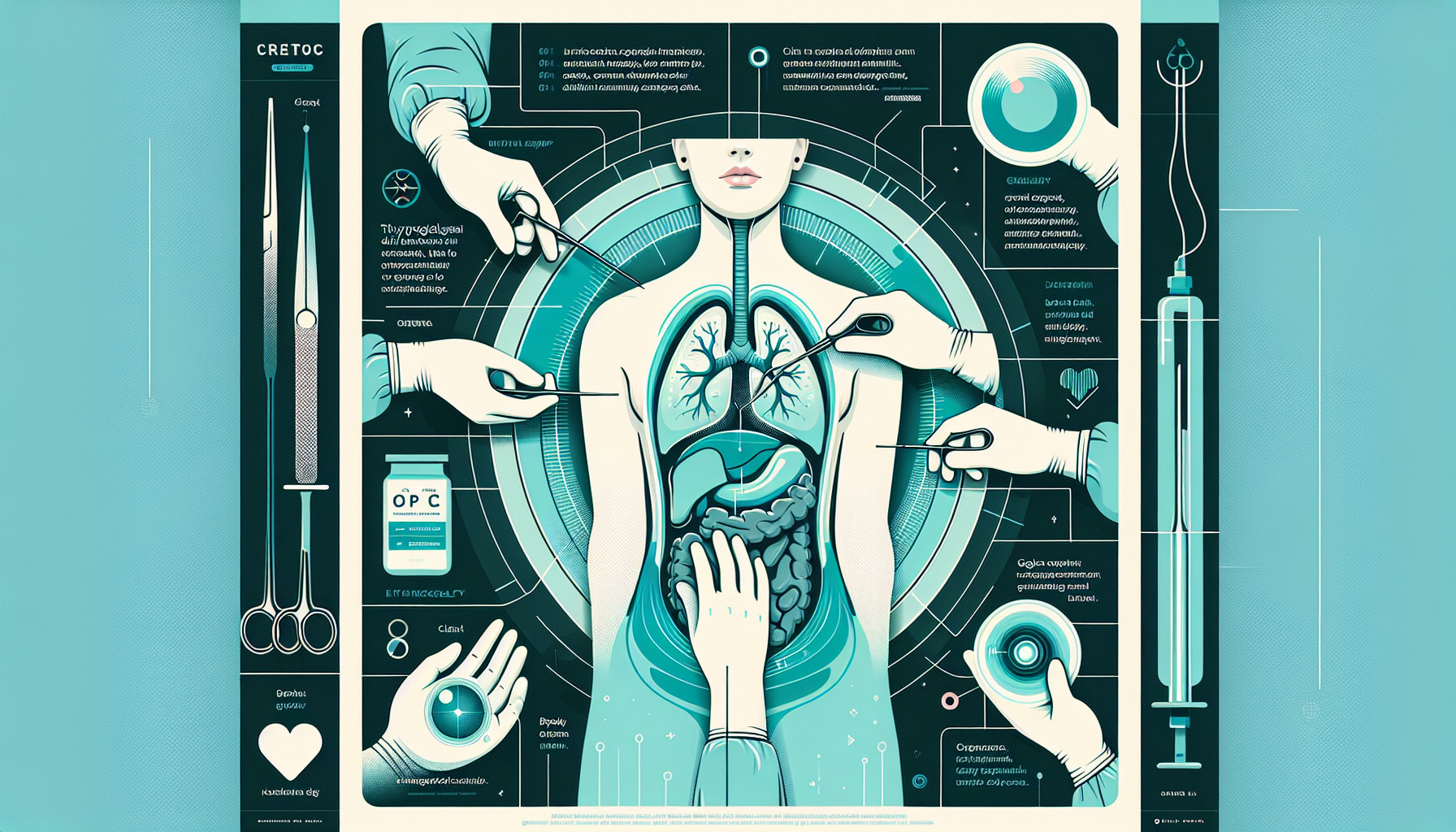Our Summary
This study looks back at the diagnosis and treatment of patients with double thyroglossal duct cysts (TDCs), which are abnormal growths in the neck. Out of 78 patients studied, 67 had single TDCs and 11 had double TDCs. All patients had a scan and an ultrasound of their neck and thyroid. They also had surgery to remove the cysts. Two patients with single TDCs had complications after surgery due to infections, but none of the patients with double TDCs had complications. The patients were checked for 1 to 3 years after surgery and none of them had the cysts come back. The study found that it’s important to properly diagnose TDCs and completely remove them through surgery. The study also found that double TDCs can cause problems with tongue movement and swallowing, and these can be spotted through scans and ultrasounds.
FAQs
- What are thyroglossal duct cysts (TDCs) and how are they diagnosed?
- What complications can arise from the removal of thyroglossal duct cysts?
- What additional problems can double TDCs cause, as noted in the study?
Doctor’s Tip
A helpful tip a doctor might tell a patient about thyroglossal duct cyst removal is to follow post-operative care instructions carefully to reduce the risk of complications and ensure proper healing. This may include keeping the incision site clean and dry, taking prescribed medications as directed, avoiding strenuous activities that could strain the neck area, and attending follow-up appointments with your healthcare provider. It’s also important to report any unusual symptoms or concerns to your doctor promptly.
Suitable For
Patients who are typically recommended thyroglossal duct cyst removal include those with:
- Symptomatic cysts causing pain, difficulty swallowing, or difficulty breathing
- Recurrent infections in the cyst
- Enlarged cysts that are causing cosmetic concerns
- Cysts that are causing problems with tongue movement or speech
- Cysts that are suspected to be cancerous
In the case of double thyroglossal duct cysts, they can cause additional complications such as problems with tongue movement and swallowing, making surgery a recommended treatment option. Proper diagnosis and complete removal of the cysts are important to prevent recurrence and potential complications.
Timeline
Before thyroglossal duct cyst removal:
- Patient may notice a painless lump in the neck
- Patient may experience difficulty swallowing or breathing
- Patient may undergo imaging tests such as scans and ultrasounds to diagnose the cyst
- Surgery is recommended to remove the cyst
After thyroglossal duct cyst removal:
- Patient undergoes surgery to remove the cyst
- Some patients may experience complications such as infections
- Patients are monitored for 1 to 3 years after surgery to ensure the cyst does not return
- Patients may experience improved swallowing and tongue movement after removal of the cyst.
What to Ask Your Doctor
- What is a thyroglossal duct cyst and why does it need to be removed?
- What are the potential risks and complications associated with the surgery to remove the cyst?
- How long is the recovery period after the surgery?
- Will there be any restrictions on activities or diet following the surgery?
- How likely is it that the cyst will come back after removal?
- Are there any long-term effects or implications of having had a thyroglossal duct cyst?
- How will the surgery affect my ability to swallow or move my tongue, especially if I have double TDCs?
- What imaging tests will be done to diagnose and plan the surgery for the cyst removal?
- How experienced are you in performing this type of surgery and what is your success rate?
- Are there any alternative treatment options for thyroglossal duct cyst removal?
Reference
Authors: Li B, Wang Y, Fu Y, Liu D, She C. Journal: J Craniofac Surg. 2023 Nov-Dec 01;34(8):e763-e767. doi: 10.1097/SCS.0000000000009633. Epub 2023 Aug 18. PMID: 37594049
